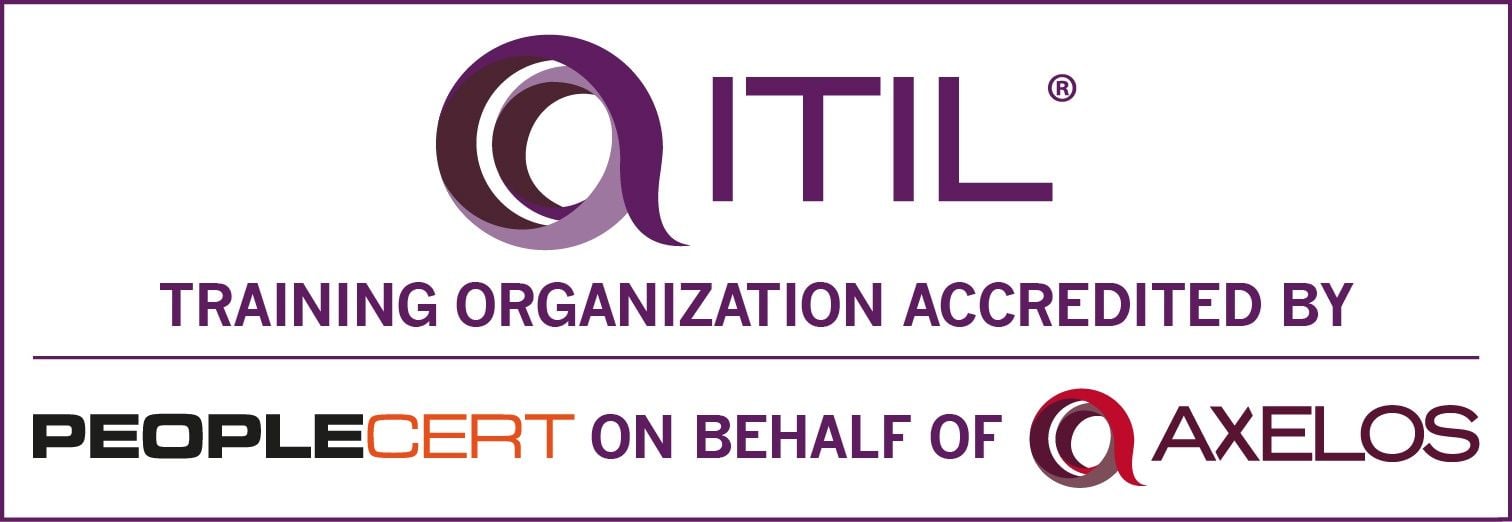Introducing Cloud Contact Center, Enterprise Style
Experts predicted that it would take some time for the industry to adopt cloud technology because of initial limitations, but all that has changed as the capabilities have become scalable to meet differing needs. Best-of-breed capabilities, customizable user interface, availability, and scalability are a few defining attributes.
Ten years ago, when the contact center industry started talking seriously about the cloud being the inevitable "next step" in application architecture, there was a common understanding that the umbrella term "cloud" encompasses public, private, and hybrid clouds. It was assumed that the pace of migration to the cloud would be slow - taking years if not decades. That rate of change would require multiple technical models to meet the needs of businesses that vary by size, the level of regulatory oversight, geographic constraints, and other variables like vertical-specific requirements. The term contact center as a service (CCaaS) came to be used to describe a subscription-based licensing model to provide cloud-based contact center software.
Somewhere along the way, that inclusive definition of cloud contact center was lost by some. Deployment in a multi-tenant public cloud is a defining characteristic of CCaaS, according to arguably the most prominent analyst house. This dogmatic attitude presents a quandary for a segment of the market that typically relies on an analysis of the referenced analyst house. That firm's reports no longer evaluate the private or hybrid cloud solutions that hundreds of enterprises with tens of thousands of agents have deployed or are considering.
If the term CCaaS has been co-opted to refer only to multi-tenant, it would seem we may need a new term for cloud-delivered contact center software. Aspect Software proposes the name "enterprise cloud contact center" and has redesigned its website with that expression as its theme.
Deployment Choice for Security and Privacy
Despite the rhetoric one hears from companies that only provide multi-tenant, public cloud-delivered CCaaS, there are a significant number of companies that don't see CCaaS as a viable option for their business today. If one were to create a list of companies in this category, it would include most of the largest banks in the world. It would also include companies in other industries, e.g., healthcare, communications, and even high tech.
While these companies are typically ready to abandon the server ownership of premises contact center systems, they're looking at vendors that will allow them a single-tenant option. Their reasons primarily center around security and privacy issues. Private and hosted cloud solutions will be the choice of these companies for some years to come.
Highly Available and Scalable
While some measure of high availability will be part of any company's decision criteria for a new contact center solution, high scalability is a specific requirement of the ECCC.
Best-of-Breed Capabilities
Five or more years ago, the argument that CCaaS solutions were less feature-rich than premises-based solutions was well accepted. In fact, CCaaS was only considered appropriate for centers with 100 or fewer agents.
Things have certainly changed since then. Most of the CCaaS vendors have spent the intervening years building the enterprise capabilities of their offerings. Many have made amazing strides. Today, CCaaS solutions have the functionality required to support thousands of agents.
There remains, however, some functionality that certain CCaaS versions of applications can't replicate. A good example is workforce engagement management (WEM). While a company may move its contact center to a CCaaS suite, it will often choose to remain with its existing WEM vendor. Aspect, NICE, and Verint are the long-standing WEM leaders whose customers often loathe to move from it to a CCaaS suite WEM solution. Predictive dialing is another good example where CCaaS has not yet met the bar set by best-of-breed solutions.
Customizable User Interface, Open Architecture, and APIs
Even the smallest contact centers looking to upgrade and/or digitally transform their contact center operations want the ability to provide a modern user experience for agents, team leads, and administrators.
Likewise, supporting an open architecture that allows seamless integration with data sources and third-party business systems is a common requirement for small and large businesses. Companies choosing to (initially) deploy only the out-of-the-box functionality of a CCaaS solution want to know that they have the choice to add a third-party solution or integrate to a currently unspecified data source at some point.
Will every company eventually end up on a multi-tenant, public cloud-delivered contact center suite? It's one possible outcome. But how long will it take to move the approximately 75% of agent licenses currently delivered on-premises or via private cloud or hosted cloud to CCaaS? What proportion of the market will choose an interim solution, either private cloud or a hybrid combination of deployment options? Finally, what technology may emerge in a year, or two or three, that improves what we call CCaaS today, offering companies the chance to leapfrog from premises to that new architecture?
My key takeaway? CCaaS isn't the only option. Enterprise Cloud Contact Center options aren't only available by market leaders but the choice of some of the biggest enterprises in the world.

)
)
)
)
)
)
)
)
)
